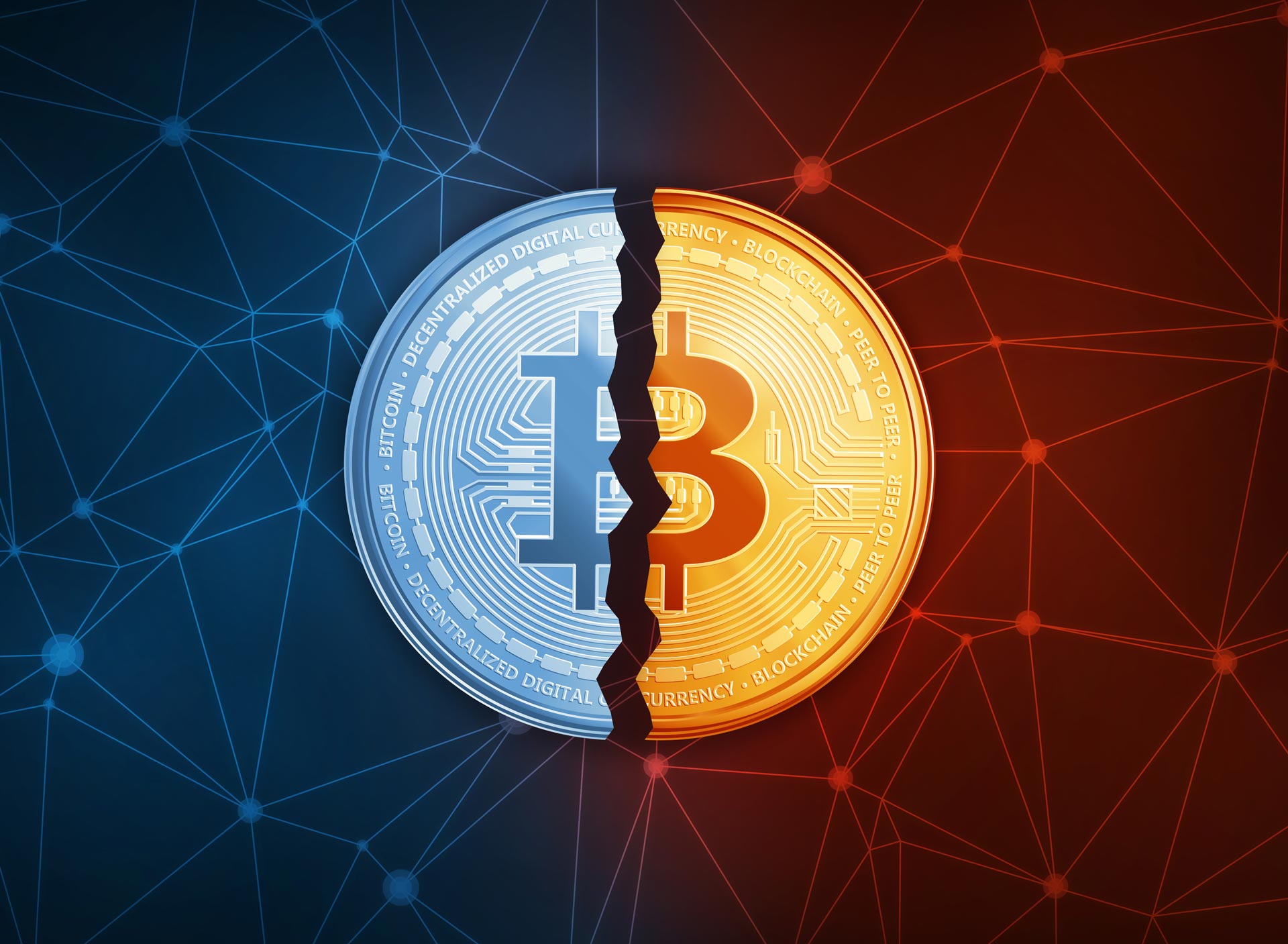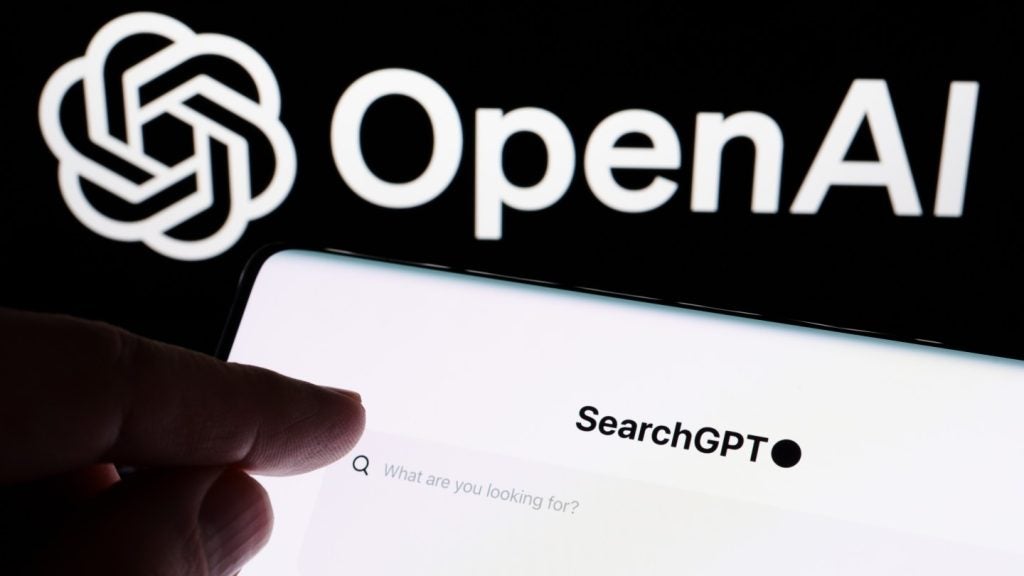
Unless you have been living under a rock for the past decade, you are probably aware of the cryptocurrency Bitcoin. But if you do a web search for “Bitcoin”, you will find a wide array of different, competing networks — Bitcoin Core, Bitcoin Cash, Bitcoin Gold and Bitcoin SV.
So why are there so many different projects calling themselves Bitcoin? This is the result of a process known as hard forking, whereby a blockchain breaks apart into separate chains.
Bitcoin is not alone: there is also Ethereum Classic and Ethereum Zero, among others.
Forking is usually the result of a disagreement about the terms of consensus on the underlying network — the set of common rules which all network participants agree to adhere to. Thus, each fork is a distinct, separate network, representing a different vision of the future. Recently, many of these forks have been initiated in an attempt to overcome blockchain’s biggest challenge: scalability.
Speed is of the essence
A distributed ledger does not rely on any one central server. Instead, many copies of the ledger are stored on thousands of decentralised nodes throughout the world. But in order for all of these nodes to decide which version of the ledger is correct, there needs to be a way for everyone to agree — a “consensus mechanism”.
Both Bitcoin and Ethereum use a proof-of-work (PoW) consensus mechanism, which works as follows: Firstly, a number of transactions are bundled into a memory pool, then miners compete for the right to add a new a new block of transactions to the chain by solving a highly difficult cryptographic puzzle. The first miner to solve the puzzle is allowed to present a new block to the network and earns cryptocurrency as a reward.
While PoW has generally worked quite well to validate transactions and prevent fraud, the computation required to solve these cryptographic puzzles has negatively affected transaction speeds. This means that a network like Ethereum can only process about 15 transactions per second, which would be far too slow for any wide-scale application involving millions of users. For comparison, Uber drivers drop off an average of 58 customers per second.
For monetary transactions — which you might assume is the technology’s strength given the stated aim of the original Bitcoin whitepaper to enable “online payments” — the numbers don’t look any better. The Bitcoin network averages about 3.8 transactions per second, while a centralised payment provider like Visa averages 1,700.
And this is not just a question of time, it is also a question of money: the greater the backlog of transactions on the network, the higher the transaction fees get. On the 1st of May 2019, the average transaction fee on Bitcoin was $0.80. Just 28 days later, the average fee had increased fivefold to $4.31. This is the sort of volatility that makes it difficult to imagine Bitcoin becoming a viable alternative to banks for people outside of the crypto bubble.
These concerns led to the first prominent hard fork of Bitcoin, Bitcoin Cash, in July 2017 when a team of developers funded by the mining company Bitmain sought to increase the block size on the chain. Each block on the Bitcoin network was limited in size to 1MB. By increasing the size of each block, more transactions could be held within it, reducing the amount of mining required per transaction and thus speeding up the network.
Forks within forks
While this sounded simple in theory, it proved to be very controversial in practice. While most of the large crypto wallets supported the increase, Bitcoin traditionalists argued that increasing the block size would compromise the decentralised nature of the network. They contended that smaller nodes would be discouraged from participating by the greater required storage capacity. Ultimately, the network broke into two chains with separate coins, Bitcoin (BTC) and Bitcoin Cash (BCH).
Bitcoin Cash has since undergone its own hard fork in November 2018, in a split which seemed to owe more to personality clashes and personal vendettas than ideology.
So although there is fairly widespread consensus that scalability is the biggest challenge for decentralised networks, there is widespread disagreement about what to do about it. Hence all the forking.
Ethereum recently announced a roadmap to address scalability problems, involving moving away from PoW towards a proof-of-stake consensus mechanism and introducing sharding — which basically amounts to splitting the ledger into separate pieces and then assigning a portion of the nodes to each shard. While smaller chains and fewer nodes will enable faster transaction speeds, this will also introduce the technical challenge of how to enable communication between these shards, each of which will have a separate chain.
But this is not the first time Ethereum has been forked. In 2016, a security flaw in a virtual venture capital fund operated by Ethereum called The DAO led to the theft of $55m worth of Ether. After a vote, Ethereum decided to conduct a hard fork of the network to invalidate the previous transactions and return the stolen funds. Some people refused to accept the decision, however, arguing that it compromised the principle of immutability. They remained on the original chain, which was renamed Ethereum Classic.
Divided we fall?
One of the dangers of division was laid bare in January 2019, when Ethereum Classic suffered a 51% attack that resulted in estimated losses of $1.1 million.
The problem with forking is that the resulting networks usually end up with fewer miners and nodes, and if any alliance of bad actors can control more than 50% of the computing power on the network, it becomes vulnerable. Thus, the security of any distributed ledger relies on strength in numbers and divisions create smaller targets for intruders.
Another obstacle faced by decentralised networks when attempting to fork is “path dependence”. This is a theory developed in the field of economics that explains that when market participants adapt to an existing system, they may become resistant to change. For example, people who have invested large sums of money in specialised mining hardware would not be inclined to support a less resource hungry consensus mechanism, even if it would improve transaction speeds for the overall network.
Beyond purely economic incentives, however, much of the debate about forking has been driven by crypto ideology, which is often a farrago of libertarianism and tech-mysticism in which figures like Satoshi Nakamoto are elevated to God-like status. Needless to say, this is not an environment that is likely to be conducive to producing practical, efficient solutions for businesses in the mainstream economy.
All of this emphasises why good governance is essential if decentralised networks are to achieve widespread adoption.
Read more: Kik vs the SEC: Fighting for the future of crypto in the US







